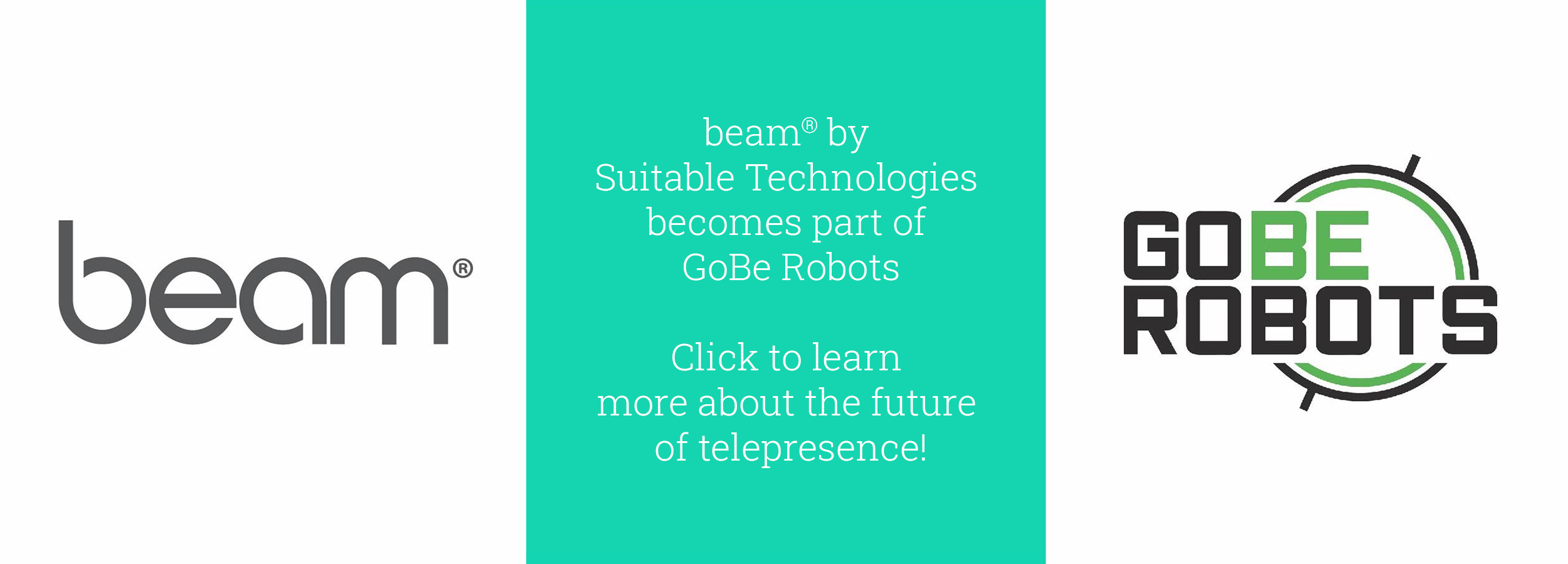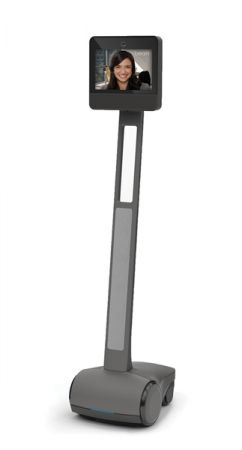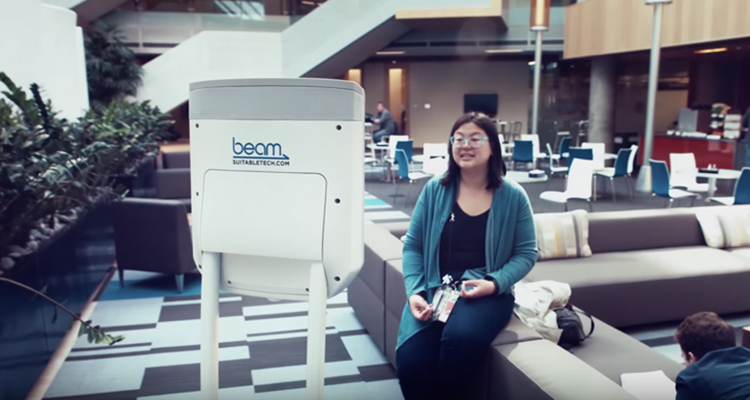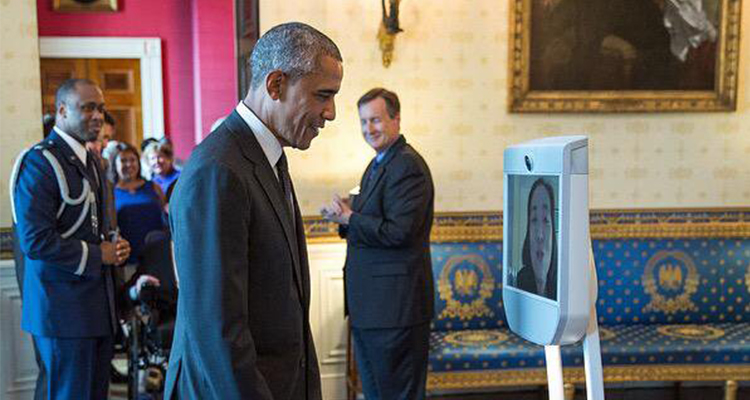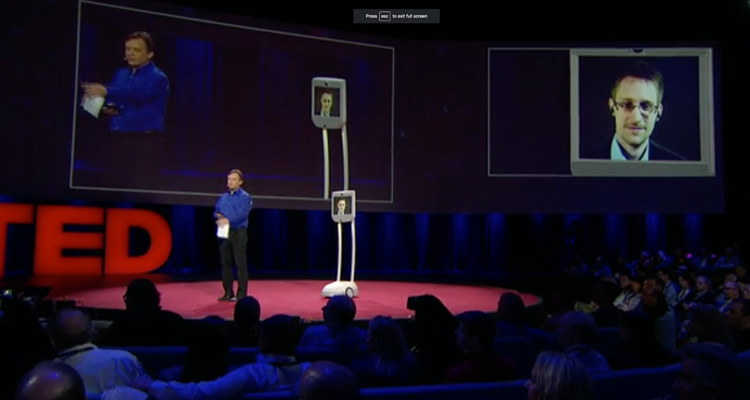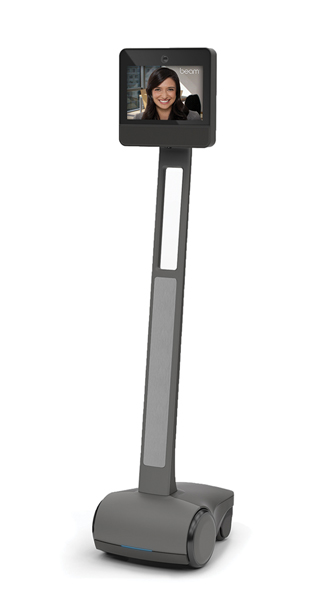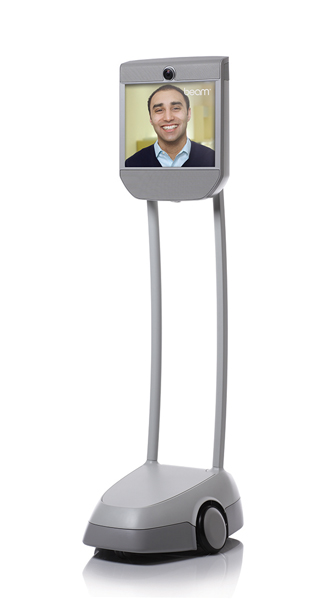We recently caught up with Kavita Krishnaswamy, who is pursuing her PhD in assistive robotics from University of Maryland, Baltimore County (UMBC) advised by Dr. Tim Oates. She is a Google Lime Scholar, Microsoft Research Fellow, a Ford Foundation Predoctoral Fellow, and National Science Foundation Graduate Research Fellow. She has also worked at the National Science Foundation's Engineering Research Center - Quality of Life Technology Center (QoLT) in Carnegie Mellon and University of Pittsburgh and IBM Business consulting services. She was named to Robohub’s “25 Women in Robotics You Need to Know About” list in 2015.
What makes all of Kavita’s many achievements that much more incredible is the fact that she has a physical disability, which limits her from leaving her home. And yet, she has made her away around the world, sharing her insights, passion, and story with everyone from fellow researchers to the Prime Minister of India… and here’s more on how she does just that.
Also, be sure to vote for her video on the "In the Limelight" Video Contest that presents her on the Beam! (Voting closes Sept. 17th)
As part of her research, she is conducting a survey on attitudes toward robotic aids and how they may improve the quality of life for those with physical disabilities and seniors. If you are interested in the advancement of assistive robotics, you can help by participating in our survey. You can access the survey here: https://goo.gl/H9lLGQ.
***
Q: Tell us a bit about yourself and what you do.
A: I am a PhD candidate at UMBC where my goal is to find ways to increase accessibility to existing and future robotics for people with disabilities.
Q: When was your first experience using Beam?
A: The first time I experienced Beam was at the Ubicomp Conference in Seattle as part of the telepresence initiative user study. It was amazing for me because for the first time it gave me the ability to have eye-to-eye contact with someone. I never before had that ability by using my wheelchair. I could be standing having a conversation face to face with Beam.
Q: How did you keep using Beam after your first experience?
A: I was so fascinated by the technology, that I asked Christa Cliver from Suitable Technologies if it would be possible to use Beam for research projects and to advance my research for my PhD. At the time, the research work I was doing couldn’t expand because I was limited in my ability to network. Research means you share your ideas with others and find opportunities for collaboration. Because of my physical circumstances I couldn’t travel - I’m limited to my home. Before Beam I had been taking classes using Skype or Google Hangouts, but it wasn’t enough for networking to form research collaborations.
So with Christa’s help, it became possible to use Beam to present my PhD proposal and collaborate with others to conduct the research I needed. It was unprecedented at the time, and it was very successful. I was able to meet with the committee members and present my research… and I passed! That allowed me to move from being just a student to becoming a PhD candidate. I’m happy the Beam helped in that way.
Q: Tell us a bit about your thesis. Where are you in the process?
A: It’s about increasing independence for people with severe physical disabilities. I have a number of prototypes for assistive robotics that can increase physical independence - such as repositioning limbs, transferring, personal care and mobility. The most significant aspect of my thesis is that even though the technology and hardware needed exist, sometimes having accessibility to control them is very difficult. For someone with a severe disability like myself, there are special keyboards to use the computer, and that helps. However, there is very limited research in the areas of robotics and accessibility.
One of the prototypes we’ve had some success with from the time of my dissertation proposal defense to now is a robotic mattress. Thanks to Beam and the mechanical engineering students at UMBC, we have a small-scale prototype of a robotic air mattress that consists of a number of air chambers that can be inflated or deflated using a Web interface. So we can alternate pressure settings. This will be useful for people who cannot move themselves and who need frequent repositioning to provide pressure relief and provide better rest.
Q: Where’s your favorite place you’ve ever been via Beam? Most memorable interactions with people on the other end?
A: When I visited Googleplex this past June for a Google Lime Scholars retreat - that was my favorite. It’s been my dream to visit Google for a long time. I was able to see the buildings and learn about Google’s culture and interact with the other scholars. So that was very educational, informative. They had karaoke, and they had a balloon artist, so my Beam was decorated with a crown and dressed up with inflatable air balloons - that was fun.
I like to go to new places, especially the outdoors. I've been to Disney World with the Beam and really enjoyed it. We went to Goofy’s Kitchen, and took a picture with him. I felt like a kid again - I forgot I was a PhD candidate!
Going to museums is a lot of fun, too. I went to the National Music Museum for a visit and to see a concert -- since they have a Beam there, I was able to enjoy it all.
Thanks to Harsha Kikkeri, who is a friend and works for Suitable Technologies as head of Advanced Development and India Business, I got to participate with the Prime Minister of India, Narendra Modi, at a reception for him in San Jose, CA. Harsha and I went together, and that was the first time we had heard the prime minister talk -- and I was there with the Beam.
Finally, when I Beamed into Barcelona, Spain for Mobile World Congress, I met then French Minister for Digital Affairs, Axelle Lemaire. She is a strong advocate for women in tech, and thanks to Beam, we connected. That was very special to me.
Q: What events coming up are you most excited to attend via Beam?
A: I'm excited about going to Vancouver Canada for ROSCON. I’ll be participating via Beam.
Q: From your experiences, would you say there’s a growing telepresence community or, at the very least, growing awareness and interest in the value of this technology bringing people together?
A: I think more people have become aware of the Beam. It’s no longer something new. I think that’s a good progress, because it’s accepted as part of the norm. And it’s the best. I’ve tried some other telepresence devices, but Beam is best in terms of real-time communication, eye-to-eye contact, and the video and audio quality.
Q: What’s the most valuable aspect of telepresence technology to you? What are the benefits for individuals using telepresence technology as well as for society as a whole?
A: Having more flexibility and not being bound by distance. I can go anywhere in the world - I love that. I can interact with more people. I like to be sociable, but because of my circumstances it’s difficult. I got my ability to socialise back, thanks to the Beam.
Q: In the next five to ten years, what are some breakthroughs in technology that you’re excited to see – not just in telepresence robots, but other technologies that connect people over a distance?
A: I’m excited about more physical independence through telepresence. I want to travel to more places, interact with more people, and see more assistive robotics that can increase mobility for people with disabilities. To improve quality of life, people should be as independent as possible and new technology can help accomplish that.
One of the prototypes I’m working on is a device that can move human arms and legs so that if I need assistance, I can use an Internet accessible telepresence interface to move myself safely. I know that will be achieved in the next five years.
Q: Anything else about your Beam experience you’d like to share?
A: I’m thankful to Suitable for these opportunities. It’s allowing me to live my life and expand my world to the fullest!
Also, I’ve submitted a video for the Lime Connect #IntheLimelight Video Contest showcasing how university students and professionals are rebranding disability through achievement! Please vote for my entry! (Voting is open until Sunday, Sept. 17th)

